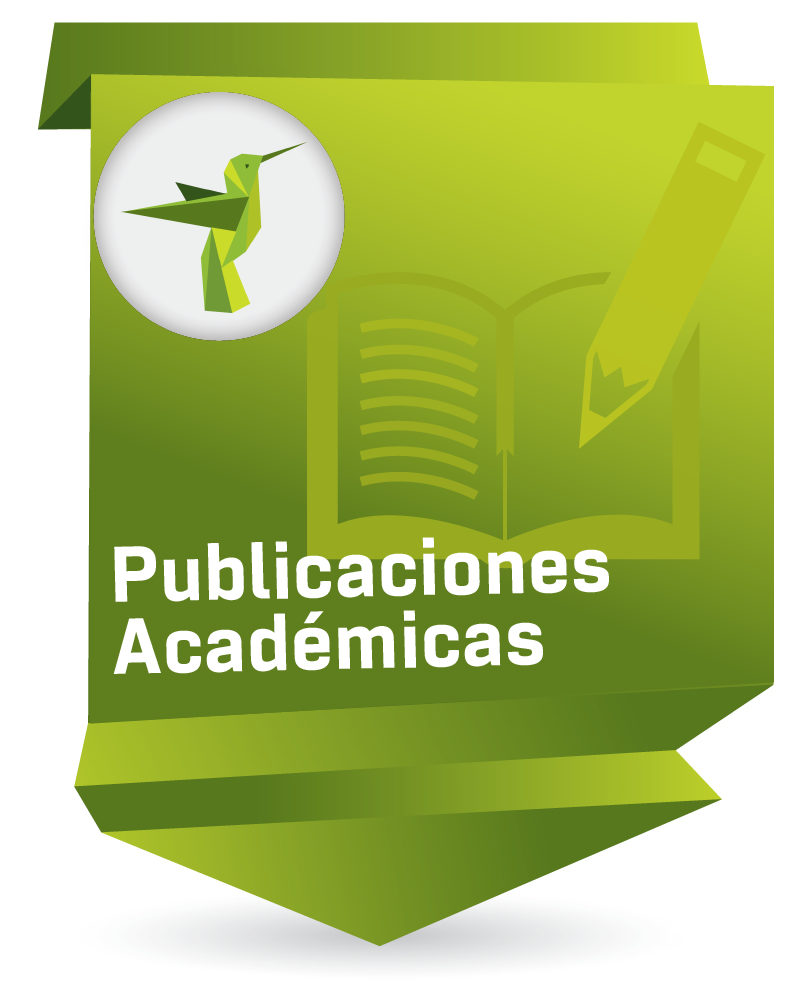A Practice Report on CLIL in Japan: Focusing on Biomimicry at the National Institute of Technology

Enlaces del Item
URI: http://hdl.handle.net/10818/64238Visitar enlace: https://laclil.unisabana.edu.c ...
ISSN: 2011-6721
DOI: 10.5294/laclil.2023.16.1.4
Compartir
Estadísticas
Ver Estadísticas de usoCatalogación bibliográfica
Mostrar el registro completo del ítemAutor/es
Shirai, TatsumaFecha
2025-02-03Resumen
This paper presents a soft-CLIL (content and language integrated learning) practice focused on biomimicry, conducted at Japan’s National Institute of Technology (NIT). Biomimicry involves solving problems and creating new things by drawing inspiration from animals, plants, and other living organisms to design and enhance human-made products and processes. Learning about biomimicry aligns with the educational objectives of NIT, which aims to cultivate individuals capable of contributing to realizing a more sustainable society through innovative technologies. With this goal in mind, I implemented a soft-CLIL class focused on biomimicry for second-grade students at NIT, aged 16-17. After studying exemplary cases of biomimicry, students delivered presentations on the topic. Some students attempted to apply the concept of biomimicry to propose concrete solutions for addressing social problems.
Ubicación
Latin American Journal of Content & Language Integrated Learning, 16(1), e1614.

















